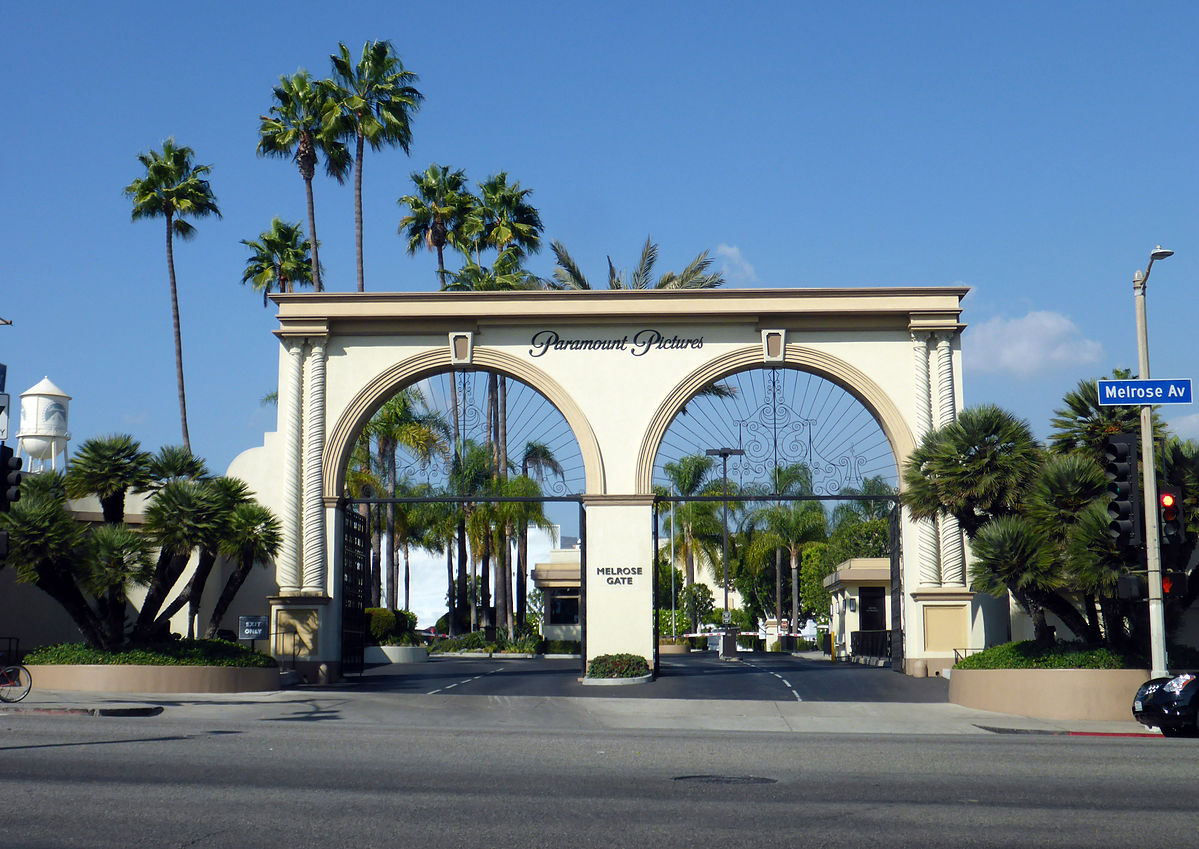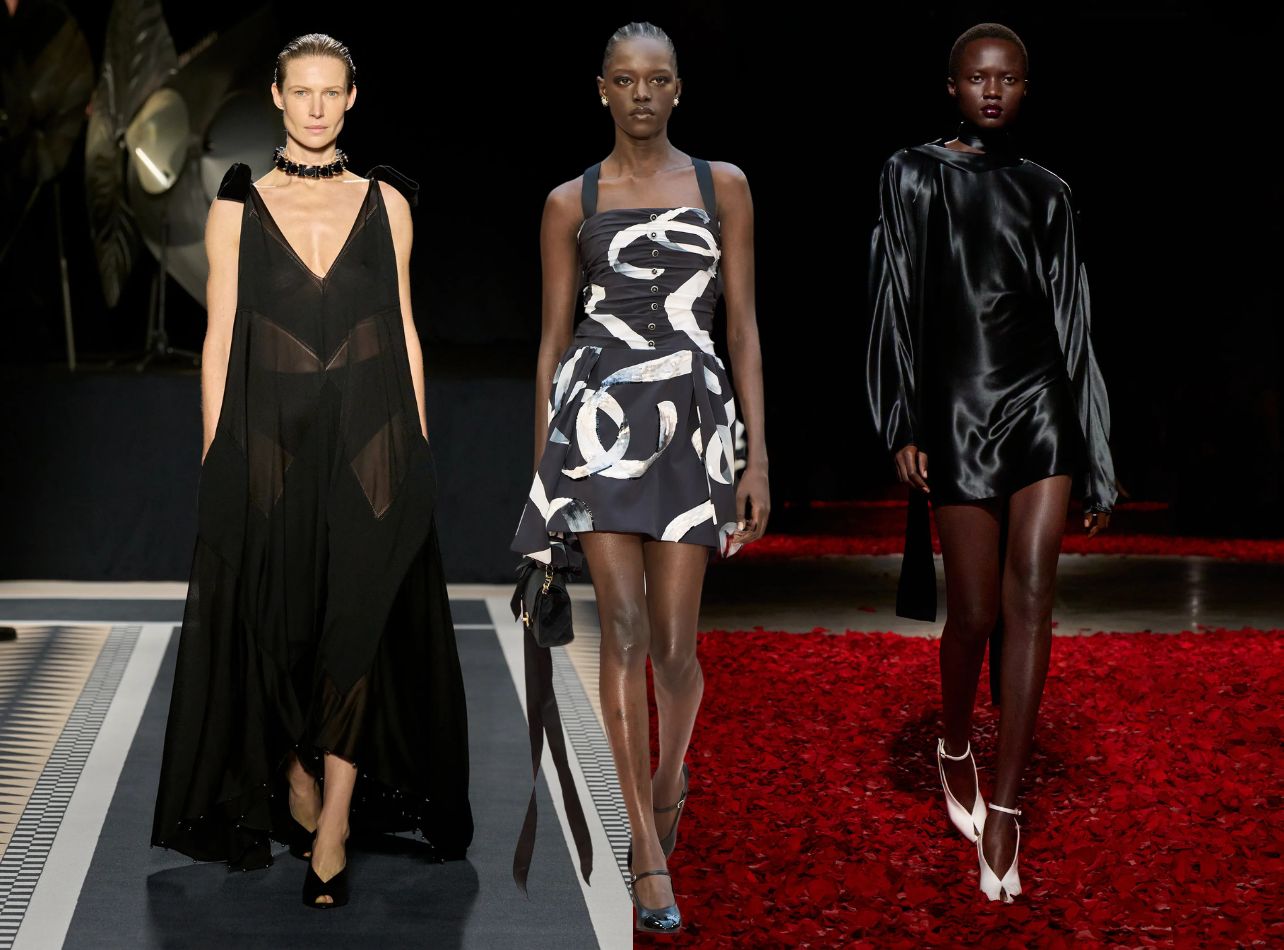Riccardo Tisci is more than just a designer; he embodies a revolutionary power in the early 21st-century fashion scene, particularly in the evolution of high-end streetwear. From his time at Givenchy and subsequently at Burberry, Tisci’s impact has profoundly altered how haute couture and street culture are perceived, merging them into a blended style now ubiquitous on fashion shows and urban environments globally.
Early Influences: Redefining Givenchy
Tisci took on the position of creative director at Givenchy in 2005, during a period when established Parisian fashion houses were starting to encounter difficulties from more urban, youth-oriented labels. Drawing upon his Italian background and a keen interest in subcultural trends, Tisci incorporated streetwear components—such as graphic lettering, athletic wear shapes, vibrant patterns, and dark, dramatic designs—into Givenchy’s lines, all while preserving the brand’s high-end reputation. This strategy turned out to be visionary, as he launched items like high-top trainers, bomber coats, and hoodies adorned with religious imagery and striking visuals, resonating with both famous personalities and street fashion aficionados.
Prominent figures such as Kanye West, Beyoncé, and Jay-Z epitomized Tisci’s tenure at Givenchy, often sporting his sweatshirts, leather track pants, and voluminous shirts. The widely recognized Rottweiler T-shirt, specifically from the Fall/Winter 2011 menswear line, serves as a prime example. Despite being sold at premium prices and drawing from street culture, it achieved worldwide sell-out status and sparked a trend of animal-print apparel throughout the fashion sector.
Key Collaborations and Industry Disruption
Riccardo Tisci’s readiness to collaborate broadened the scope of upscale streetwear. A notable instance was his collaboration with Nike in 2014, where he re-envisioned the iconic Air Force 1 sneaker. Through transforming this emblem of hip-hop culture with superior leathers, adapting it into haute couture designs, and employing precise artistry, Tisci demonstrated the potential for athletic wear essentials to find a place in the luxury domain.
Additionally, Tisci’s Givenchy blurred the lines between formal runway presentations and accessible street culture. He cast models and personalities from rap, skate, and art collectives, integrating them into editorial campaigns and creating a dialogue between disparate worlds. Understanding the potency of pop culture, he dressed Madonna for her Super Bowl halftime show and designed provocative costumes for artists such as Marina Abramovic. Each partnership was strategic, amplifying luxury’s presence within mainstream consciousness without resorting to traditional advertising.
The Cultural Significance and Accessibility of Luxury
The core of luxury, historically protected by its exclusive nature, transformed during Tisci’s tenure. Through the adoption and refinement of streetwear components, he successfully closed a divide previously considered insurmountable. Tisci’s combination of athletic wear with custom-fitted jackets, and the incorporation of striking patterns into high fashion, demonstrated a broader accessibility of style, presenting luxury as achievable—even as costs stayed elevated.
Social media significantly advanced Tisci’s perspective. Figures from the Instagram era, along with stylists and influencers, were drawn to his creations, employing streetwear items as emblems of both prestige and defiance. This created a cyclical effect: streetwear gained appeal within luxury spheres, and luxury labels, in turn, pursued the genuine nature and cultural value of street-smart clientele.
Bursting Boundaries at Burberry
After joining Burberry in 2018, Tisci implemented his approach to yet another renowned British label. He revitalized the classic Burberry check with fresh designs and launched collections featuring prominent logos and athletic inspirations, targeting younger audiences. Drop culture—characterized by exclusive launches and celebrity partnerships—was a key component of Tisci’s plan, showcasing how streetwear impacts consumer behavior.
During Tisci’s tenure, Burberry’s fashion shows frequently featured models sporting sneakers, caps, and utility vests, each piece meticulously constructed with flawless tailoring and high-quality fabrics. The Burberry B Series, a direct-to-consumer product launch mechanism, emulated the excitement-driven releases characteristic of prominent streetwear brands such as Supreme and Off-White.
The Enduring Legacy of the Industry and the Emergence of Hybrid Aesthetics
Tisci’s methodology impacted the wider luxury industry, as labels like Louis Vuitton—led by Virgil Abloh—Gucci, and Balenciaga embraced streetwear elements. The dominant mixed aesthetic is characterized by voluminous shapes, prominent logos, advanced textiles, and partnerships with urban artists and athletic wear firms. Apparel previously confined to street fashion now takes center stage at prominent fashion weeks, and secondary sneaker markets compete with art auctions in terms of prestige and expense.
Today, luxury streetwear is not simply a trend but a subculture within the broader fashion canon. Tisci’s bold blending of references did not only alter consumer habits but also challenged the elitism of high fashion, making authenticity and relevance the new arbiters of status.
Synthesizing Fashion’s Present and Future
Riccardo Tisci’s vision for luxury streetwear transcended seasonal trends and commercial pursuits. His ability to harmonize craftsmanship with countercultural references redefined what it means to be stylish in the digital age. As luxury continues to interface with streetwear, Tisci’s trailblazing ethos persists—inspiring a new generation of designers to look beyond boundaries and connect with both the heart and the hustle of the street.




